By Robin Bernstein
On September 25, 1840, William Freeman was incarcerated in the Auburn State Prison, America’s original prison for profit. From the start, he challenged the system of convict leasing.
Freeman was 15 years old, the free-born son of a Black father and a Black and Native American mother. He was accused of a horse theft he swore he did not commit. There was no hard evidence against him, but that didn’t matter. He was sentenced to five years’ hard labor in New York’s Auburn State Prison.
 Exterior of a prisoner’s cell at Auburn State Prison. From Harper’s Weekly, Dec. 18, 1858. Source: Harvard Gazette |
 Rendering of William Freeman, Daily Cayuga Tocsin, Extra, Mar. 19, 1846. From the W. L. Clements Library, U Michigan, Ann Arbor. Source: Harvard Gazette |
The Auburn State Prison invented a new idea: that a prison should generate profit for private companies and for the state. In 1816, the prison was built around industrial factories. There, prisoners were leased to private companies, usually for 30 cents per day. The prison pocketed this money; prisoners received no cut. Yet they manufactured furniture and animal harnesses, carpets and combs, which consumers bought throughout New York State. The system made prisoners, in the words of one warden, “slaves of the state.”

Auburn Correctional Facility. Photo by Kevin Rivoli. Source: The Citizen
To make prisoners work harder and to reduce opportunities for organized rebellion, the Auburn State Prison forbid prisoners from speaking. Total silence, at all times, was the rule. Each night, prisoners were locked into individual cells, where they endured solitary confinement. Each day, they worked in factories—without ever speaking. When Freeman entered the prison, he was told that he should not speak another word for five years.
That day, Freeman was forced into a uniform with horizontal black and white stripes. The Auburn State Prison popularized this uniform, which would later become iconic. The purpose of the stripes was to humiliate prisoners. But the humiliation itself had a purpose: to break prisoners’ spirits and make them less likely to challenge their forced labor. The stripes, like the forced silence, existed to increase productivity.
When William Freeman put on the striped uniform for the first time, he wept.

Auburn prisoners in lockstep formation. Source: Public domain
Freeman was set to work in a factory that manufactured animal harnesses. Every day, he filed iron for twelve hours. Another prisoner described the life: “Each morning, when I seated myself in the shop and cast a look around me upon the things too familiar . . . my impression has been accompanied with a sigh, ‘Ah! I am here yet.’”
The prisoners labored under constant threat of violence. No disobedience was too small to warrant punishment. Guards whipped prisoners in the factories, the mess hall, the yard, the cells.
Despite the danger, William Freeman resisted. Sometimes he did so by deliberately working slowly or badly. He “played old soldier,” meaning that he handed in work he had completed, then swiped it back and handed it in again. In these ways, Freeman reduced the value the prison could extract from him. Other times, he reclaimed his humanity through humor. Laughter was prohibited, but when guards looked away, Freeman made silly motions that made other prisoners laugh. For this act of resistance, on November 1, 1840 — barely five weeks into his sentence — Freeman was whipped for the first time.

Female prisoners at the Auburn Prison workshop, circa 1890. Source: Public domain
In his boldest act of resistance, and in defiance of Auburn’s primary rule, Freeman spoke up. He told the guards that he “did not want to work” because he “was deriving no benefit” from the labor. He deserved wages, he repeated. He was unyielding, certain in his repeated claims of injustice, quick to talk back to those with power over him.
One day, Freeman resisted physically. When a guard went to beat him, he warded off the blows and struck back with what he called a “butcher’s chop.” The guard then ordered other prisoners to hold Freeman down while guards beat him. But the beating did not end Freeman’s defiance. To the contrary, it made him resolve to “fight back till he died.”
After he was released in 1845, Freeman continued his campaign against profit-driven incarceration. He spoke out against the prison. He tried to take legal action to recover back wages for his five years’ labor. He was laughed at and dismissed. After six months of failed efforts, Freeman resorted to violence: he killed a white family. With this horrific act, he gained a platform from which to make his case. He exposed profit-driven prison as a form of organized labor-theft, as criminality disguised as justice.
Robin Bernstein teaches African American studies and U.S. cultural history at Harvard University. She is the author of Freeman’s Challenge: The Murder That Shook America’s Original Prison for Profit.
Learn more about the life of William Freeman in Freeman’s Challenge: The Murder That Shook America’s Original Prison for Profit.
Freeman’s Challenge is a provocative, robust, and rigorously researched interrogation of the historical meaning of imprisonment. Bernstein’s compelling narrative provides insight not only into the institution of the prison in the United States but also into the lives of those whose newly experienced dreams of freedom were crushed by evolving intersections of punishment and racial capitalism. By disengaging the emergence of the prison from what has become its inevitable partner — ‘rehabilitation’ — Bernstein deftly reveals the deep connections between imprisonment, racism, and the development of the capitalist economy. — Angela Davis, distinguished professor emerita, University of California, Santa Cruz
In this narrative tour de force, Bernstein offers a riveting and heartbreaking account of one Afro-Native adolescent’s refusal to be broken by an inhumane New York prison. Freeman’s Challenge is itself a challenge, presenting a bold new argument about the Northeastern roots of an exploitative carceral labor system and the racialized ideology of criminality that followed the formal end of slavery. This study shines a bright light on the interconnected histories of U.S. prisons and economic development; race, indigeneity, land loss, and uncompensated work; and the complications of abolitionist rhetoric, representational politics, and Black community defense. — Tiya Miles, author of All That She Carried: The Journey of Ashley’s Sack, a Black Family Keepsake
Listen to the Unsung History podcast interview with author Robin Bernstein, “The Auburn Prison System & the Case of William Freeman.”


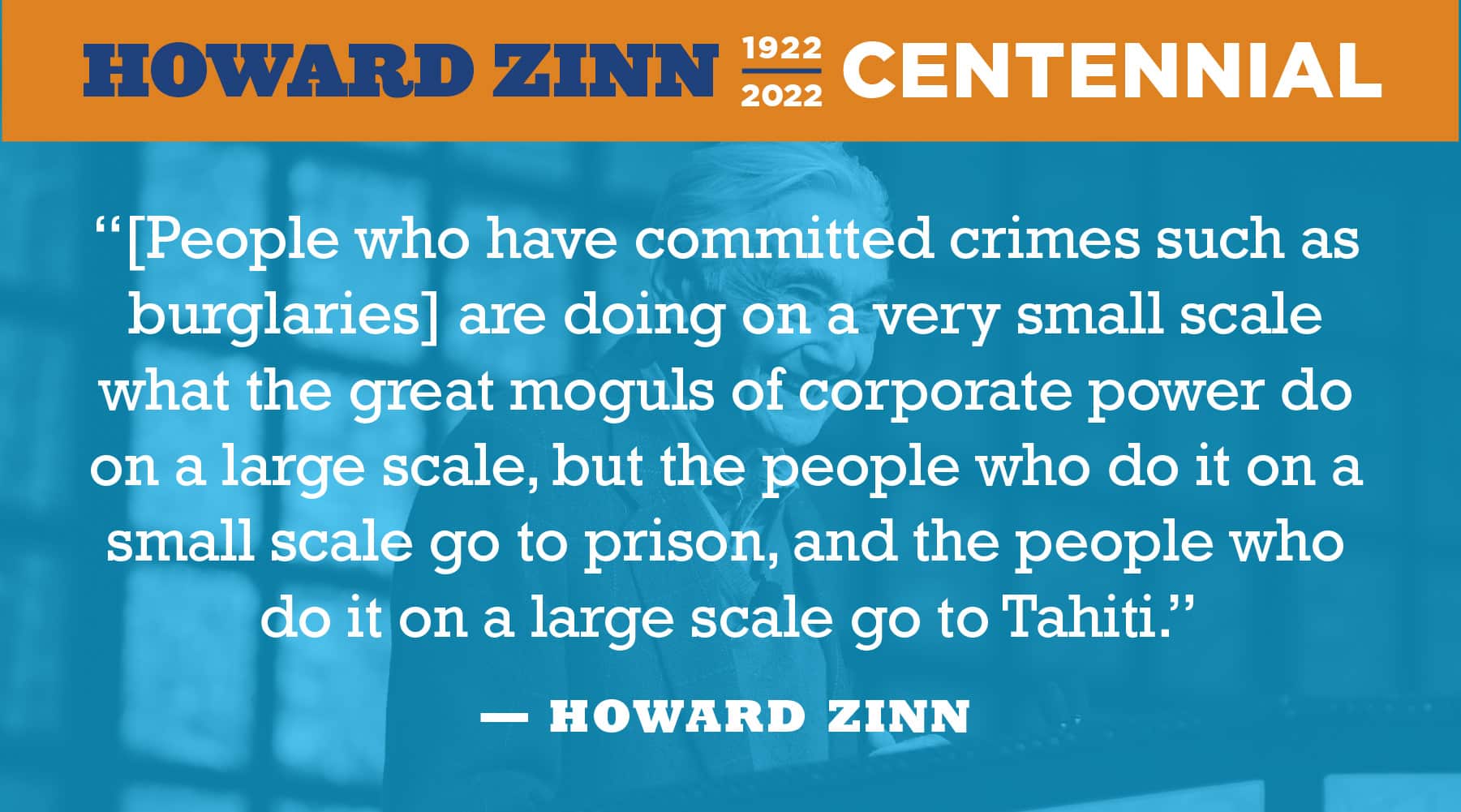

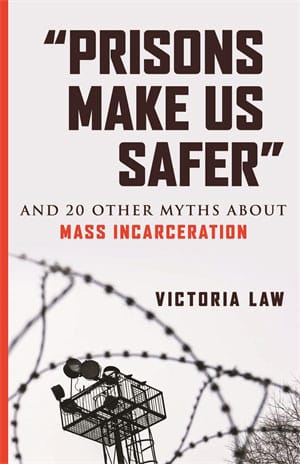

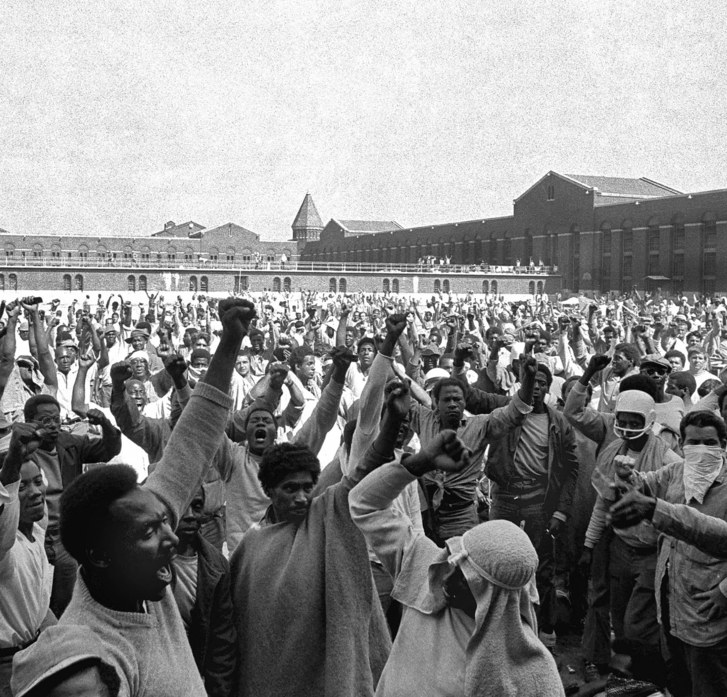
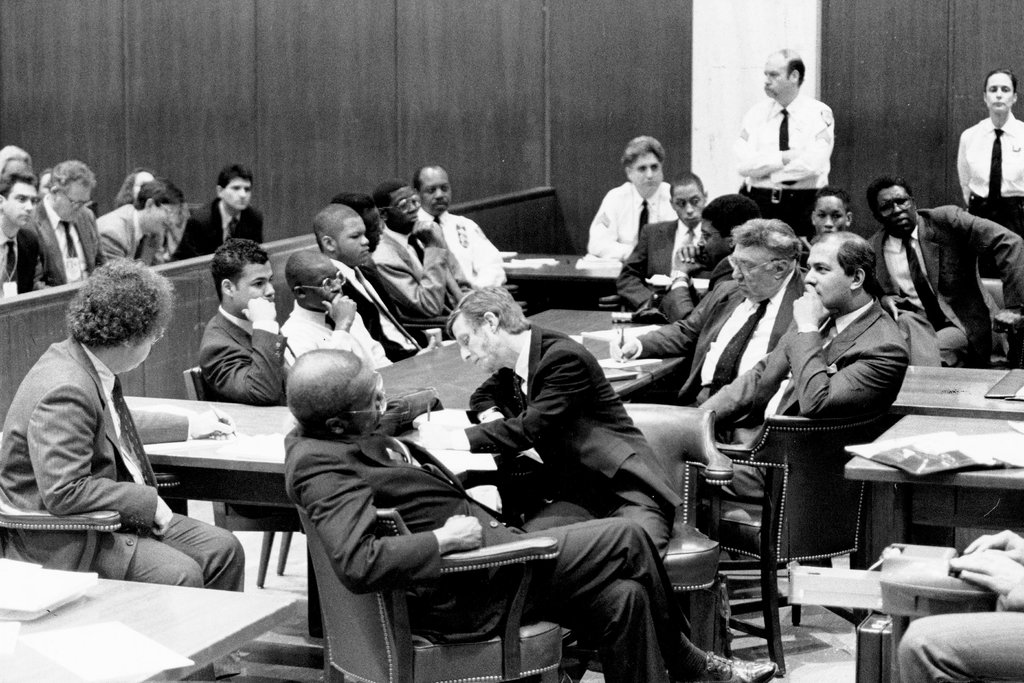
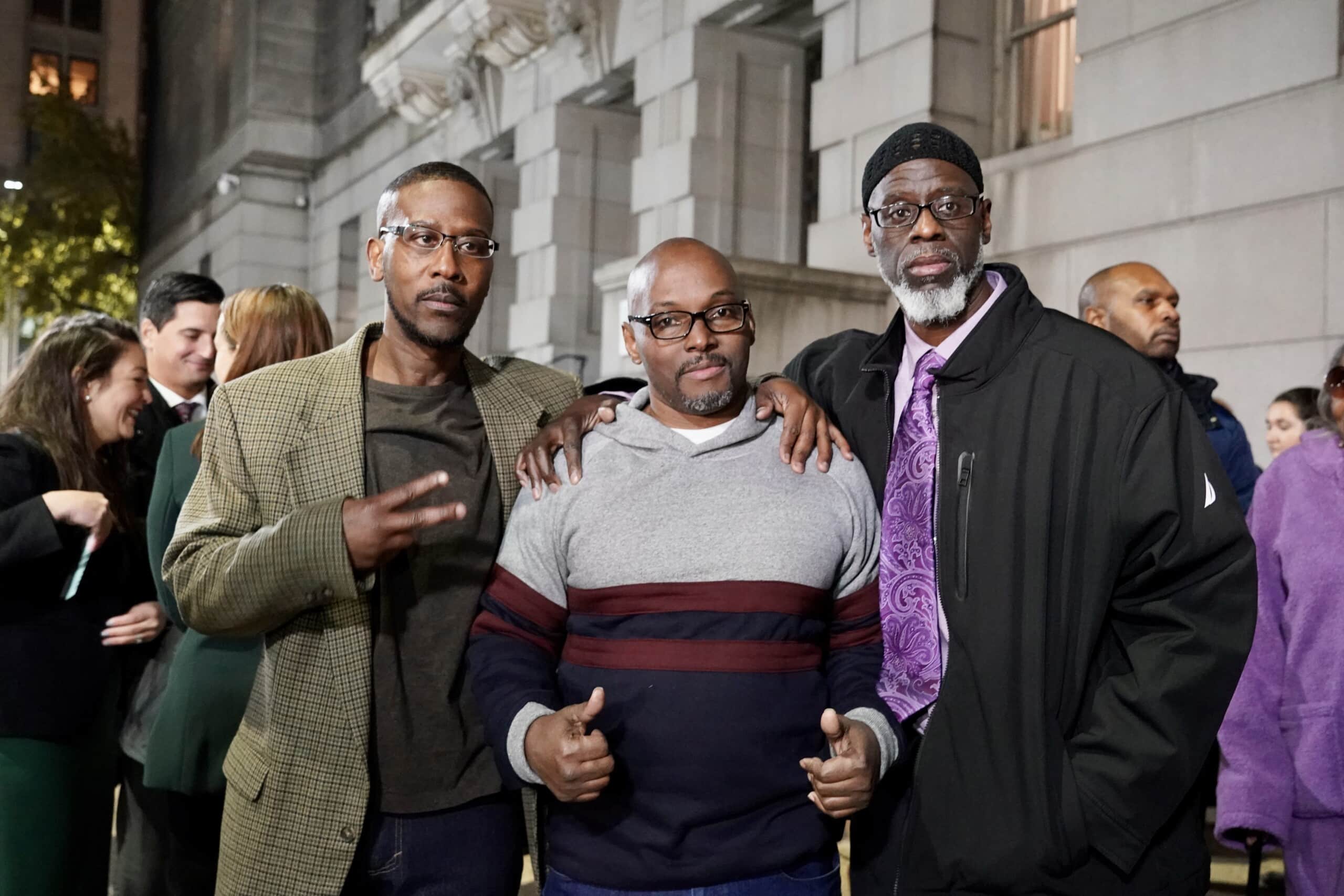





Twitter
Google plus
LinkedIn